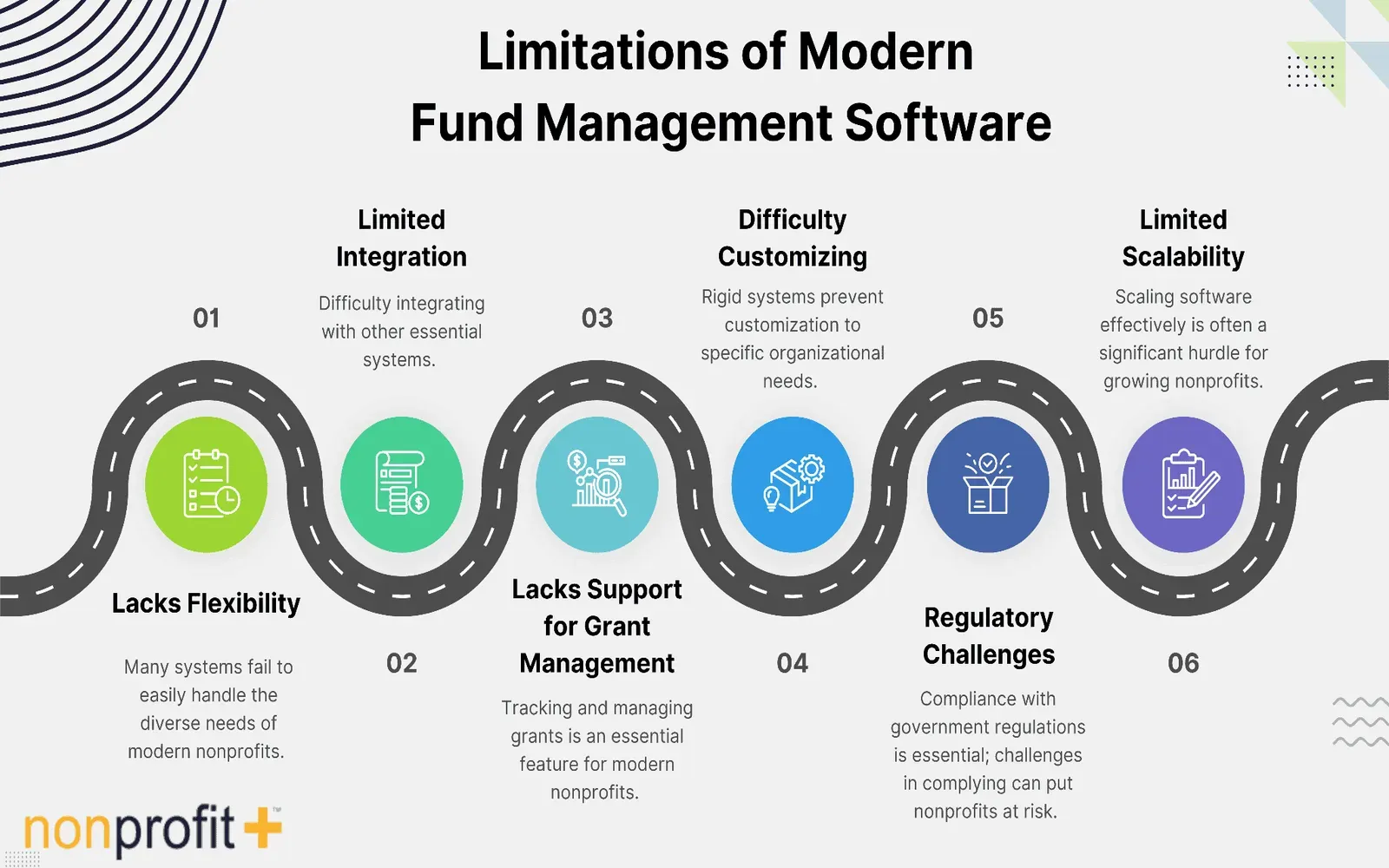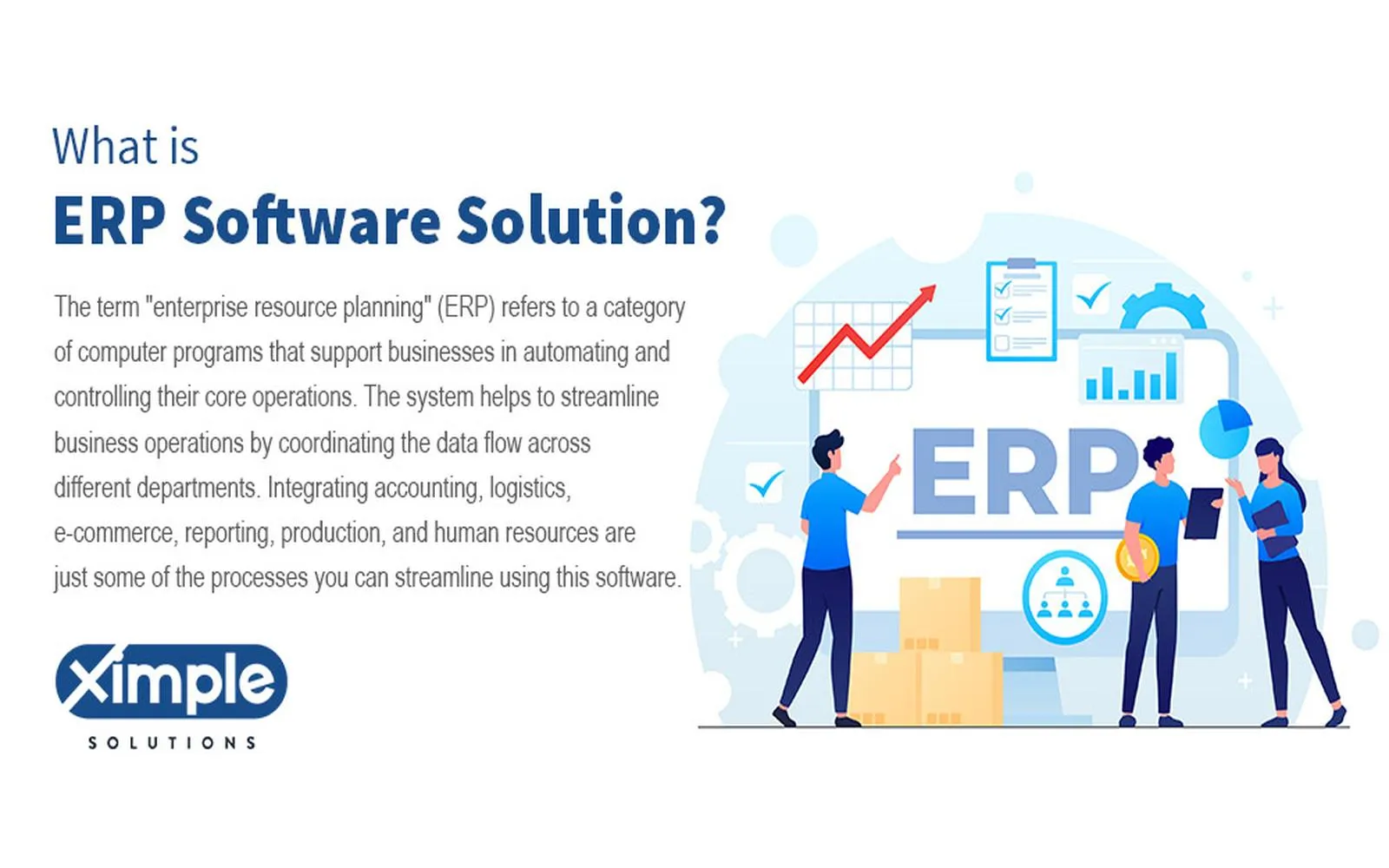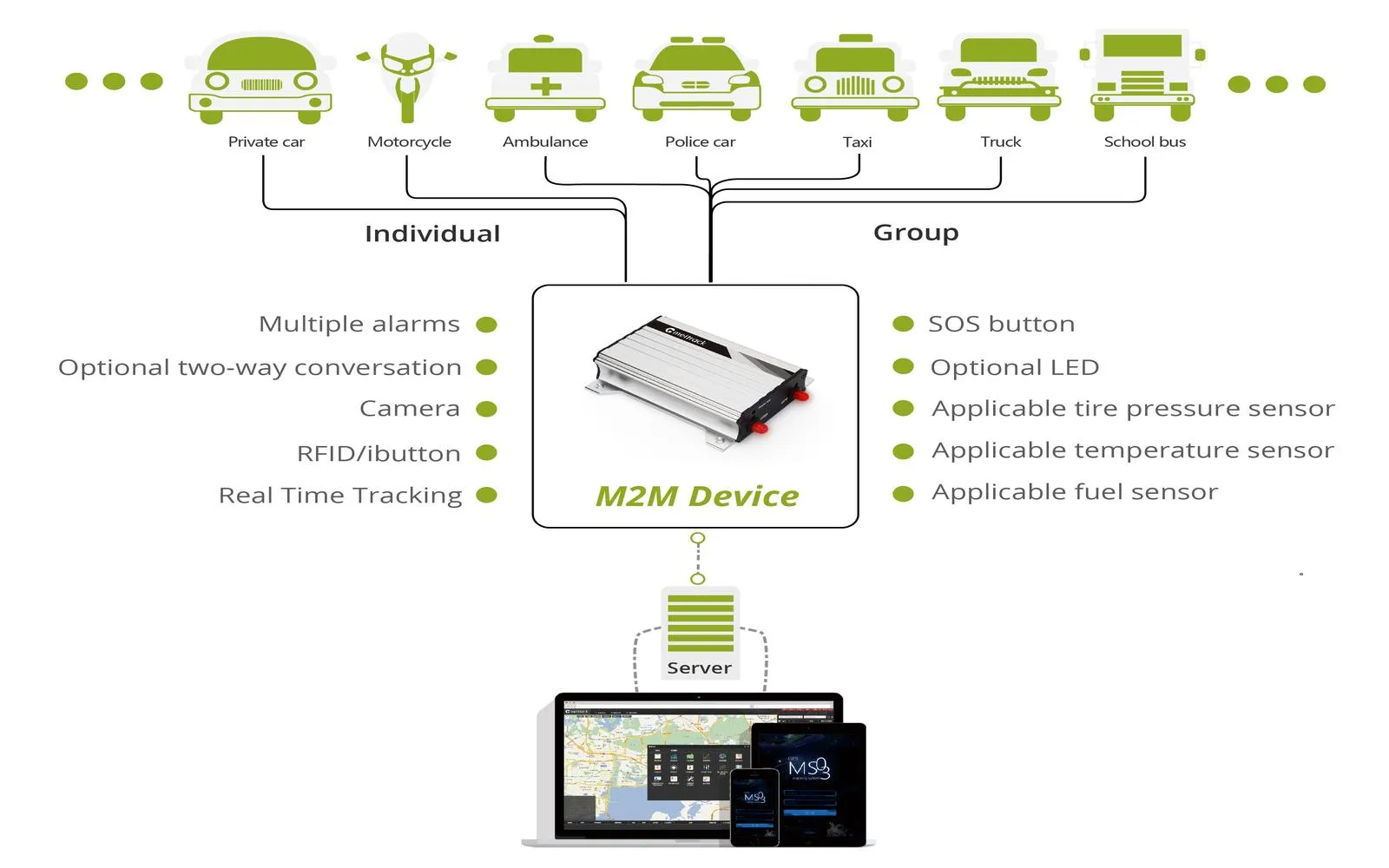Understanding Multi-Cloud Operations
As businesses increasingly adopt multi-cloud strategies, the need for efficient management of these diverse environments has become paramount. Multi-cloud refers to the use of multiple cloud computing services from different providers to leverage the unique benefits of each. While this approach offers flexibility, scalability, and cost savings, it can also complicate operations if not managed properly. Simplifying multi-cloud operations can lead to better efficiency and improved overall performance.
Challenges of Multi-Cloud Management
Managing multiple cloud platforms presents several challenges. These include:
- Complexity: Each cloud provider has its own tools, interfaces, and management protocols, making it difficult to maintain consistency.
- Data Silos: Information can become fragmented across different platforms, complicating accessibility and analysis.
- Compliance Issues: Navigating regulatory requirements across different jurisdictions can be cumbersome.
- Cost Management: Tracking expenses across various cloud services can lead to unexpected costs.
Strategies to Simplify Multi-Cloud Operations
To streamline multi-cloud operations, businesses can implement the following strategies:
1. Centralized Management Tools
Utilizing centralized management platforms can help organizations oversee their multi-cloud environments more effectively. Tools such as Cloud Management Platforms (CMPs) allow administrators to manage workloads, monitor performance, and control costs from a single interface. This not only reduces complexity but also enhances visibility across all cloud services.
2. Standardization of Processes
Standardizing processes across different cloud environments can help eliminate confusion and reduce the learning curve for employees. Developing a uniform set of procedures for deployment, monitoring, and compliance can lead to greater operational efficiency. This includes creating common templates for infrastructure as code (IaC), which helps automate deployments and configurations.
3. Enhanced Collaboration
Encouraging collaboration between teams using different cloud services can lead to better integration and knowledge sharing. Regular meetings and updates can ensure that all teams are aligned on goals and best practices. Tools like Slack or Microsoft Teams can facilitate communication, while shared documentation platforms like Confluence can keep everyone informed.
4. Training and Skill Development
Investing in training for IT staff on multi-cloud strategies and tools is essential. Knowledgeable employees can navigate various platforms more efficiently and troubleshoot issues as they arise. Offering workshops, online courses, and certifications can empower your workforce and enhance operational efficiency.
5. Automated Workflows
Automation can drastically reduce the manual effort involved in multi-cloud operations. By automating routine tasks such as backups, scaling, and updates, organizations can free up valuable resources and minimize the risk of human error. Tools like Terraform or Ansible can help automate infrastructure management across different cloud environments.
6. Cloud Cost Management
Implementing a robust cloud cost management strategy is crucial for controlling expenses associated with multi-cloud operations. Utilize tools that provide insights into spending patterns and offer recommendations for optimizing costs. Regular audits can help identify underutilized resources and prevent overspending.
Visualization of Multi-Cloud Efficiency
The following chart illustrates the impact of implementing the above strategies on multi-cloud operational efficiency:
| Strategy | Efficiency Improvement (%) |
|---|---|
| Centralized Management Tools | 30% |
| Standardization of Processes | 25% |
| Enhanced Collaboration | 20% |
| Training and Skill Development | 15% |
| Automated Workflows | 40% |
| Cloud Cost Management | 35% |
Conclusion
Simplifying multi-cloud operations is not just about technology; it requires a strategic approach that encompasses people, processes, and tools. By implementing centralized management tools, standardizing processes, enhancing collaboration, investing in training, automating workflows, and managing costs effectively, organizations can achieve better efficiency in their multi-cloud environments.
As the demand for cloud services continues to grow, mastering multi-cloud operations will be crucial for businesses aiming to stay competitive. By focusing on these strategies, companies can not only streamline their operations but also leverage the full potential of their multi-cloud investments.









